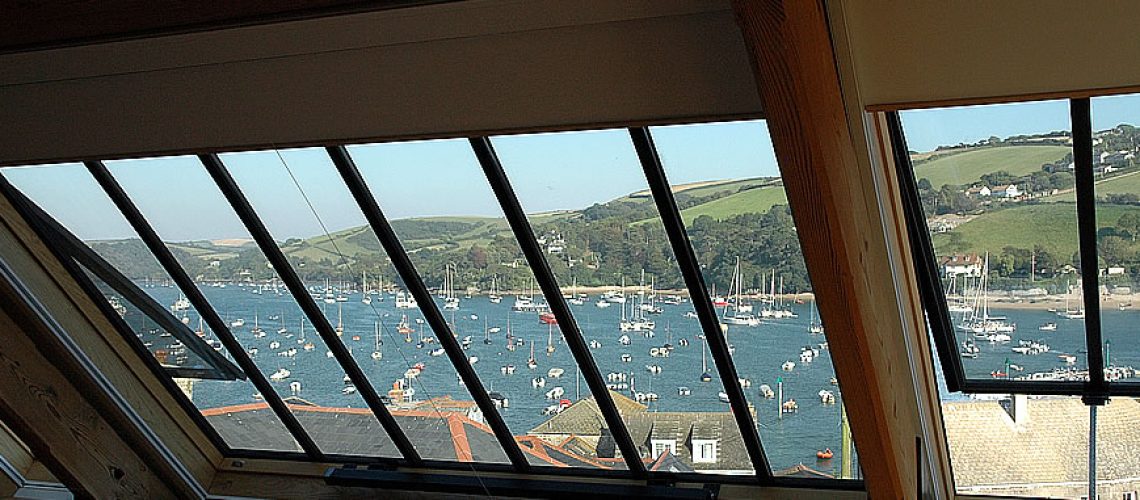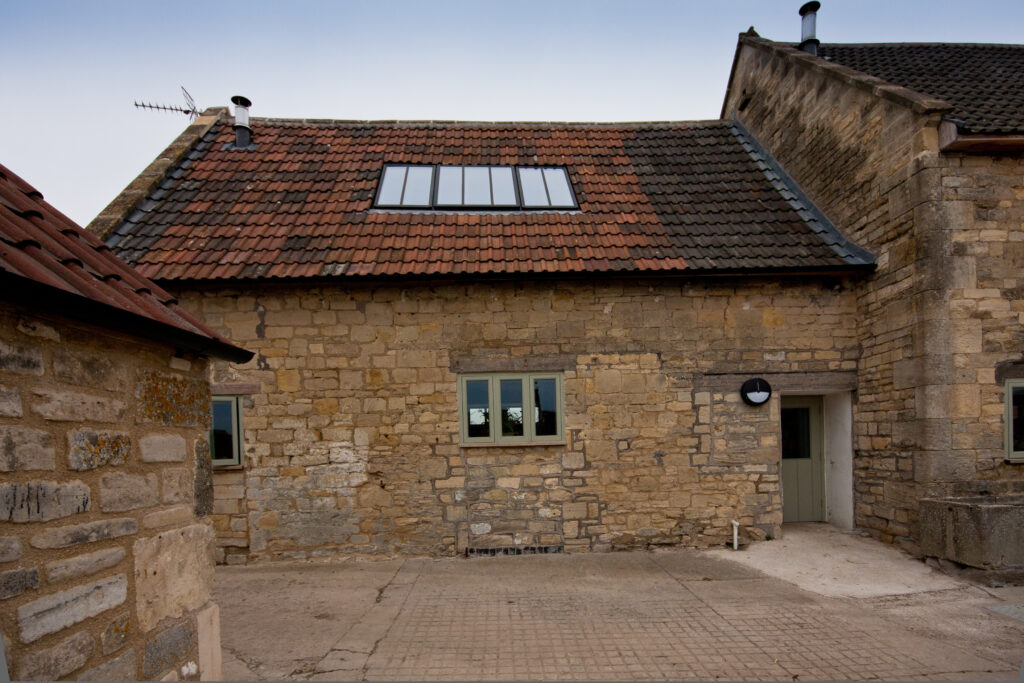


If you are looking for the right conservation rooflight for a project, you should know there are a lot of details to consider. Not all conservation rooflights are the same, and getting it wrong could mean high additional costs and undoing any positive environmental impact you had hoped to achieve.
The right conservation rooflight can significantly impact energy efficiency and natural light, especially if you work on an older or listed building. This may call for special considerations regarding building materials. In this article, we’ll look at what makes a good conservation rooflight and all the factors you must consider when choosing one.
When considering a conservation rooflight, it’s crucial to understand the complete product. A conservation rooflight is designed for listed buildings and provides esthetic and practical benefits. It’s a high-performance, durable window intended to be installed in historic or listed buildings. Authorities highly regulate the installation of such window units, so you must ensure that the team you purchase complies with the standards required by your local authority.
Conservation rooflights come in different materials, styles, and sizes. When choosing, consider the overall look and design of the building and its age and location. The size of the rooflight needs to be proportionate to your roof surface area – too big or too small will stand out – while the material, type, style and shape should complement your home’s existing architecture and decor.
It would be best if you also considered energy efficiency when making your selection. Conservation rooflights must be able to keep out external noise, regulate temperature, and limit heat transmission from outside at night. This helps ensure your home stays comfortable all year round without putting an unnecessary strain on your energy consumption.
Consider the esthetic qualities when choosing the right conservation rooflight for your needs. Selecting a window that will blend seamlessly with your historic building while providing natural light and ventilation is crucial.
The colour of the frame is an essential factor to consider, as lighter colours can often make a smaller room appear brighter and more spacious. If opting for a more traditional approach, it is vital to ensure that the shade of paint used is appropriate for the age and style of the building.
In addition, you should consider the style of the glazing bar being used. If installed on Grade I or Grade II listed buildings in the UK, half-glazing bars should be used to retain the original esthetics of this type of architecture. These are designed with two thicker, narrower bars along each edge of each pane, with two smaller, thinner bars placed between each pane for support. This creates a diffused light with an attractive pattern on interior walls and reduces glare entering through these windows in direct sunlight.
By carefully considering all aspects when selecting your conservation roof light, you can be guaranteed that you have chosen one best suited to your needs while keeping its authenticity intact.
It’s no secret that the sun’s ultraviolet (UV) rays can cause severe damage to both the interior and exterior of a building, including listed buildings. If a conservation rooflight isn’t properly UV protected, it can lead to cracking, discolouration and fading of the materials used in the installation.
That’s why it’s essential when choosing a conservation rooflight, to select one with adequate UV protection built in. The most common way manufacturers achieve this is by combining multiple layers of thick laminated glass with an ultraviolet-resistant coating. This type of glass also helps reduce noise penetration and glare, creating a much better all-around environment for inhabitants of the building.
Another intelligent feature is anti-condensation glass, which helps keep interiors dry and free from damp patches in colder weather by dispersing heat quickly from inside to outside through thermal insulation. This type of glass is convenient if you need to install and seal your conservation rooflight into an existing building with no additional ventilation or insulation being fitted simultaneously.
When choosing a conservation rooflight, you must remember acreage size and total light output. This can make a real difference in how much natural light is let into your listed building due to how these rooflights behave.
It’s not just the size of your rooflight, the actual acreage size of the product, but also the total light output you need to consider. This is because different rooflights have different reflectance levels and light transmittance due to their special coatings or finishes.

Some rooflights are explicitly designed for small roof areas, while others are larger and have more reflective coatings that can transmit more light. Before deciding, consider how much natural light you need in your space.
#To determine how much natural light you’ll get from your conservation rooflight, look at each product’s Total Light Output (TLO). This will give you an idea about how much natural light will be allowed into your listed building over time and about energy performance if it’s crucial for you.
If you’re lucky enough to own a listed building, you know all too well that it’s subject to a particular set of regulations and requirements. The same holds when it comes to conservation rooflights.
When installing a conservation rooflight in listed buildings, there are things you need to consider:

If you’re lucky enough to own a listed building, you know all too well that it’s subject to a particular set of regulations and requirements. The same holds when it comes to conservation rooflights.
When installing a conservation rooflight in listed buildings, there are things you need to consider:
With these points in mind, you’ll be well on your way to ensuring that your conservation rooflight fits in beautifully with its heritage home or building; now, all you need is to find one!
When selecting your supplier, there are a few key questions you should ask that are specific to the requirements of installing on a listed building.
Be sure to do your research! Check out the supplier’s experience and reputation; they should have extensive knowledge of working with listed buildings and conservation rooflights. Check how long they have been making and installing conservation rooflights, and ask for references from previous installations to choose the right one for your project confidently.
Check the supplier’s product range and ensure they have a conservation rooflight that works with the style of your building. The best suppliers will be able to demonstrate how conservation rooflights from their range will help you maintain the charm, character and look of your listed building.
The Rooflight Company has been established for over forty years and was the original manufacturer of new and replacement conservation rooflights. They have extensive knowledge and expertise in this field.
Manufacturing rooflights is a complex process requiring a high-level ability in design and manufacture, and expertise in this field is paramount.
To ensure the perfect fit and finish, check that the supplier has appropriate quality assurance checks in place at every stage of production; this way, you can be sure that what you get is exactly what you paid for.
Cost estimates should be part of any selection process— make sure the cost covers all materials and installation, plus any special requests or extra features like additional lighting or insulation options. Also, look into any long-term maintenance required when selecting your supplier, it pays to know what lies ahead in terms of upkeep costs over time.
Choosing the right conservation rooflight for your listed building is difficult. From considering the right shape and size to the materials used to the installation process itself, there’s a lot to consider. But if you take the time to view all these factors, you will find the perfect conservation rooflight for your property.
The right conservation rooflight can bring a new level of light, comfort and energy efficiency to your listed building while staying true to its period charm. With the right conservation rooflight, you can embrace and celebrate your building, heritage, create a practical and beautiful space, and bring your vision for the property to life.